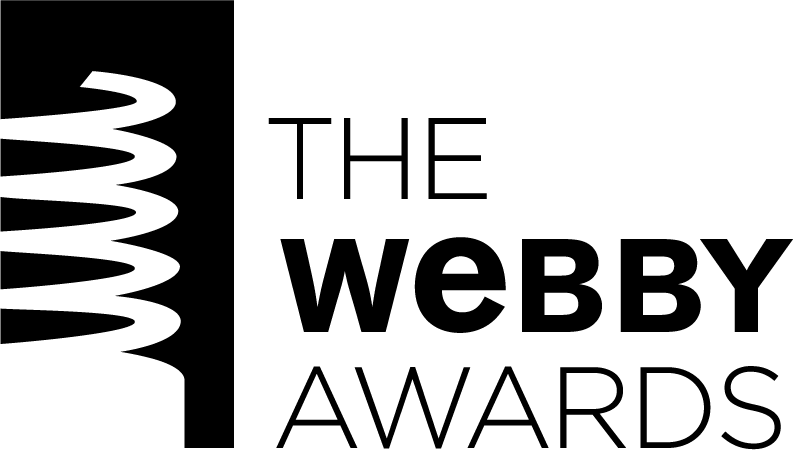The rebirth of magazines
Look beyond the print question
Greetings from a very loud hotel lobby in Madrid. I had the opportunity to speak at a pair of events in Europe this week – and might squeeze in some tapas before heading back home, if anyone has any recommendations. I decided to write a bit on the topic of my talk to a group of Spanish magazine publishers. First up, a message from Outbrain, this week’s presenting sponsor.


There’s more to discover across the open web. As publishers build for the long-term, Outbrain is a total business partner to help them drive sustainable revenue and deeper editorial engagement.
Our latest innovation, Keystone by Outbrain™, uses Outbrain's optimization technology to support every publisher business initiative — driving better outcomes across subscriptions, podcasts, events, and more. Learn how we’re empowering publishers to diversify revenue across their unique business goals while providing the best user experience for consumers who depend on them.

The rebirth of magazines
Magazines have long been a favored media format for me. I grew up reading magazines as a way to see a more sophisticated world beyond my suburban upbringing. Magazines in the 1980s occupied a privileged place in culture. It’s no wonder that one of Trump’s obsessions is the very 1980s nostalgia for the cover of Time magazine. Those days are long past.
Over the past week, I’ve spoken to magazine publishers at a pair of events in Berlin and Madrid, hearing the familiar stories of the challenges of adapting to a changed media environment. Consumer habits have shifted with the explosion of digital content. Magazines' role as bundlers and curators have largely been replaced by algorithms. After all, human editors couldn’t possibly sift through all the content being created. (Just wait until AI is generating 90% of digital content.) Waiting around for Time magazine to put the conflict in Ukraine in perspective is about as likely as fiddling with the antenna. Add on top of that the typical challenges of attracting talent, creating forward-thinking cultures and wrestling with the demise of the third-party cookie. What’s more, there’s specific issues with print costs making the price of producing magazines as much as 60% higher.
Magazines have had an awkward digital transition. The early pioneers of internet publishing were often magazine veterans. They thought in terms of pages and adjacencies. They created banner ads to mimic print, and they looked to establish web publications as places for the kind of glossy brand advertising that long sustained upper-echelon magazines. It was an awkward fit. The technologists won, and the web became primarily a direct marketing channel that prioritized individual targeting geared for response vs broad brand building. Efforts to make the web more magazine-like – remember iPad mania? – mostly failed. The internet is a great commoditizer, and feeds put every provider at the same level, with each piece of content fighting it out to gain the favor of a black-box algorithm. The typical ways magazines could signal premium – great design and packaging – didn’t matter much on desktop, much less a phone.
Despite all that, there’s a case to be made that we could see a resurgence of magazine approaches in whatever comes next in digital media. There’s a feeling that we are on the cusp of a shift to a new era of development in the aftermath of the algorithm-driven scale era, which mostly failed to create anything resembling the digital equivalents of Hearst and Condé Nast. The startling advances in artificial intelligence point to an era of ever more synthetic media. It used to be humans creating content for algorithms, but we’ll increasingly outsource much of the creation to robots too. The heightened awareness of the downsides of algorithmic recommendation media is renewing interest in hand-crafted media creation and discovery.
This counter approach will be rooted more in human curation and focused on communities and niches. The unbundling of all content into SKUs leaves a lot to be desired. There are only so many House of Dragons recaps the world needs. Part of the charm of newsletters is many are bundles. Semafor’s new slate of newsletters remind me in ways of mini-magazines, with front-of-the-book and back-of-the-book features. Magazines always excelled at giving a more measured view of the world versus the immediacy of the daily newspaper. Right now, we’re living minute by minute. Sorting out the world this way is confusing and chaotic. I have now used Twitter for 15 years, and I’m not sure I’m more informed and aware of the world than I was when I spent that time reading books and magazines instead.
The modern magazine won’t be format dependent. I can see why Conde doesn’t want to be thought of as a magazine company. It’s a collection of brands that manifest themselves across various media formats, including video. Magazines have long focused on niches and curation, making them ideal vehicles for commerce. The models of Dotdash Meredith and Future show one path for magazine brands: Get close to the transaction. PMC is a mostly unheralded exemplar of sustainable media, melding a collection of B2C and B2B magazine assets with niche digital brands and events.
For all the grief it has gotten, Forbes has shown the lasting value of legacy brands with its lucrative accolades business and franchises like 30 Under 30 that trade on the brand’s legacy of “standing for success.” Time has similarly shown how a legacy brand can be reshaped by focusing on new opportunities like web3 while leaning on lucrative franchises like Person of the Year. Magazines still have heft. Being on the cover of a magazine is still incredibly important. One mistake magazine publishers made in recent years is to try to compete with digital media brands on scale. A better way is to compete on the basis of brand. That’s not to say all can pull this off. Many magazines are doomed to become click farms that have little relation to their heydays.
A big change for magazine brands will be moving from starting with advertising as a revenue base to focusing on commerce. That doesn’t mean ads will go away, only that most won’t build around ads. A magazine like Racquet takes a modern approach to the culture of tennis by combining a quarterly print magazine with newsletters, experiential and products. Gossamer is a weed lifestyle brand that has a magazine, newsletters and products. Pop-Up Magazine has developed a cult following around a live version of a magazine. There’s an emerging cottage industry by brands like Airmail in attempting to recreate the weekend magazine experience in a newsletter. Puck is pretty much a modern and writer-powered version of Vanity Fair.
It’s worth remembering that for all the talk of death, most media forms stick around. Streaming music hasn’t eliminated vinyl. Paper books are still more popular than e-books. It wouldn’t be surprising for physical media to become a mental health habit as a way to cut down on screen time.


If you're a digital innovator, join the best of your industry by participating in the 27th Annual Webby Awards!
As the most prestigious honor for online work, The Webbys celebrates the brands, agencies, and creatives setting new standards for great work, including past Webby Award winners like Apple, Crooked Media, Droga5, Fenty Beauty, Patagonia, HBO, National Geographic, Nike and more.
To take advantage of best pricing, enter by the Early Entry Deadline of October 28.

Recommendations
Patreon was an original creator economy company, so it’s not great news that it is struggling. Most companies have seen their valuations slashed this year, but Patreon’s decline of 70% is noteworthy. Simon Owens notes the flaws in the Patreon approach.
The creator economy fever dreams are unlikely to pan out. There are only so many individuals who can break through. But a lasting legacy will be the related development of creativity tools. The number of tools and platforms to enable the creation of content of all types has exploded. Even more are coming with AI baked in.
For more on AI and creativity, subscribe to the People vs Algorithms podcast. In an episode releasing tomorrow, we discuss how the robots are going to be very involved in all forms of media creation, enabling new types of content and classes of jobs. Subscribe on Apple Podcasts and Spotify.

Thanks for reading. Send me feedback at bmorrissey@gmail.com. And please share The Rebooting with others you think would find it valuable.




